 Sunday, September 23, 2018 |
Sunday, September 23, 2018 |  Hugh Locke
Hugh Locke Planting Tree Currency in Haiti
 The radical social business model that is turning tree planting into a form of currency to finance
The radical social business model that is turning tree planting into a form of currency to finance
smallholder farm improvements in Haiti. Photo: Andres Cortez / SFA.
Check out our new brochure Tree Currency, the text of which follows:
Haiti is severely deforested and the lack of tree cover reduces agricultural productivity, raises average temperatures and makes rural areas more susceptible to flooding.
Some 70% of Haiti’s energy comes from burning wood and charcoal, which means that trees in Haiti are worth more dead than alive. Low agricultural productivity leads many of Haiti’s more than one million smallholder farmers to take up producing charcoal to supplement their low incomes, ensuring that the causal link between deforestation and rural poverty continues unabated.
The Smallholder Farmers Alliance (SFA) developed an entirely new social business model that makes trees worth more alive and in the ground than dead and used for fuel.
Every tree grown, transplanted and looked after by a smallholder farmer member of the SFA earns them credits they can exchange for crop seeds, tools and agricultural training. Trees have become a form of currency to improve agriculture, with crop yields going up an average of 40% and household income by 50 to 100%.
 Some 6,000 SFA farmers have planted just over 7 million trees since the program began in 2010.
Some 6,000 SFA farmers have planted just over 7 million trees since the program began in 2010.
Trees are grown by farmers in 30 nurseries in 5 different areas around the country. They grow fruit trees for planting on their farms and in small orchards. They plant trees as living fences and to stabilize deforested slopes to reduce flooding. Near the city of Gonaives, farmers have reforested large tracts of community land that will eventually be connected to form the first green belt of its kind in Haiti.
In recent years, as credits began to build up from tree planting, more services were added. In addition to the basic package of seed, tools and training, tree credits can now also be exchanged for cows, goats, literacy classes, water source upgrades and other services depending on what is needed. Tree planting also makes farmers eligible for neighbor work teams to help on a volunteer basis with planting and harvest (a tradition called “kombit” in Haitian Creole). Tree planting qualifies them to participate in new local seed banks where they return the same amount of seed they received at planting time (plus a bit more if harvests are good), and eventually this will become a self-financed and farmer-managed guaranteed source of good quality crop seed. And SFA women farmers, by planting trees, earn the right to receive small low-interest loans for farm improvements or to finance small side businesses in order to supplement their farm incomes.
Trees have become a form of currency being used to build health farming community ecosystems.


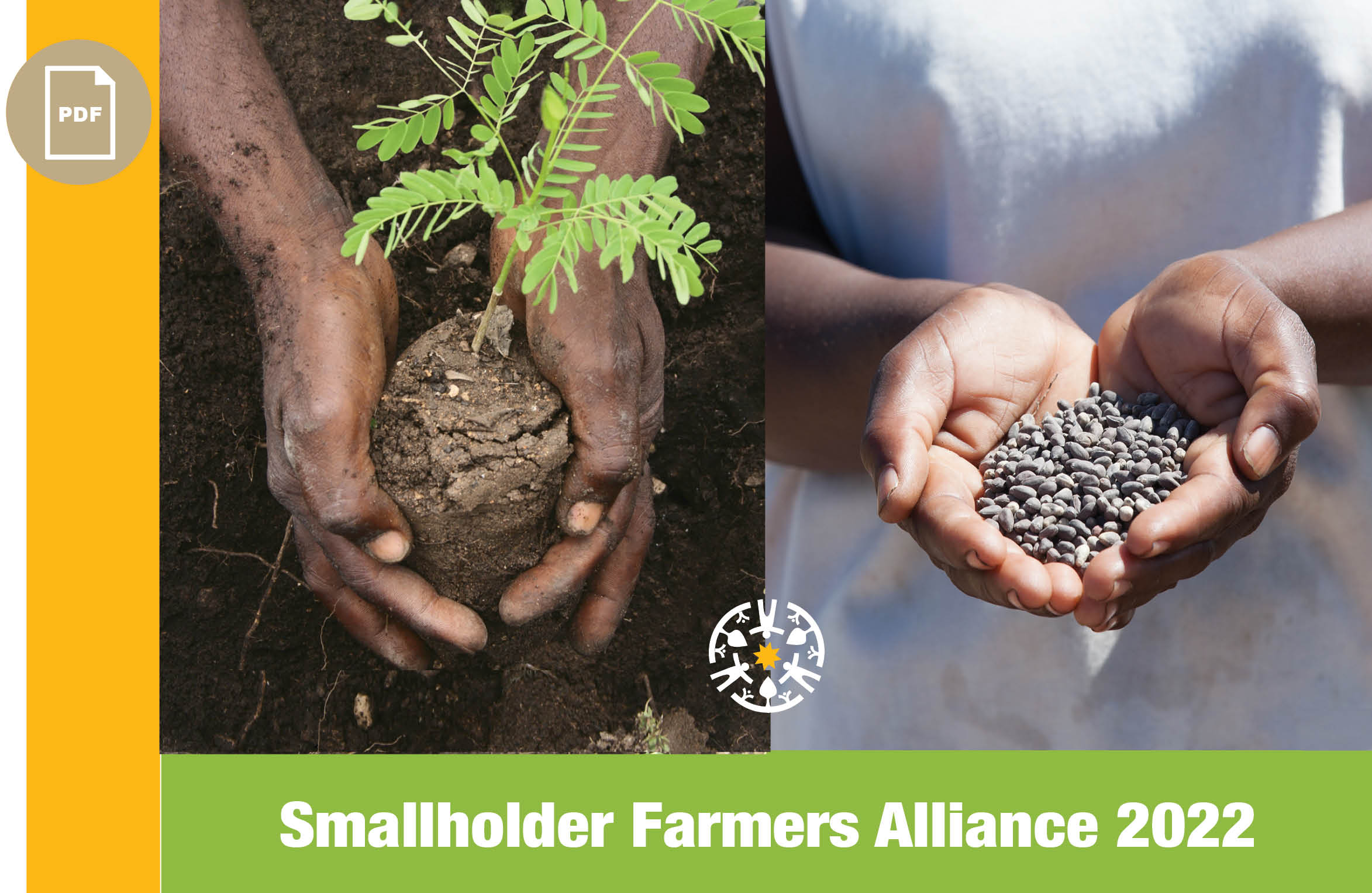
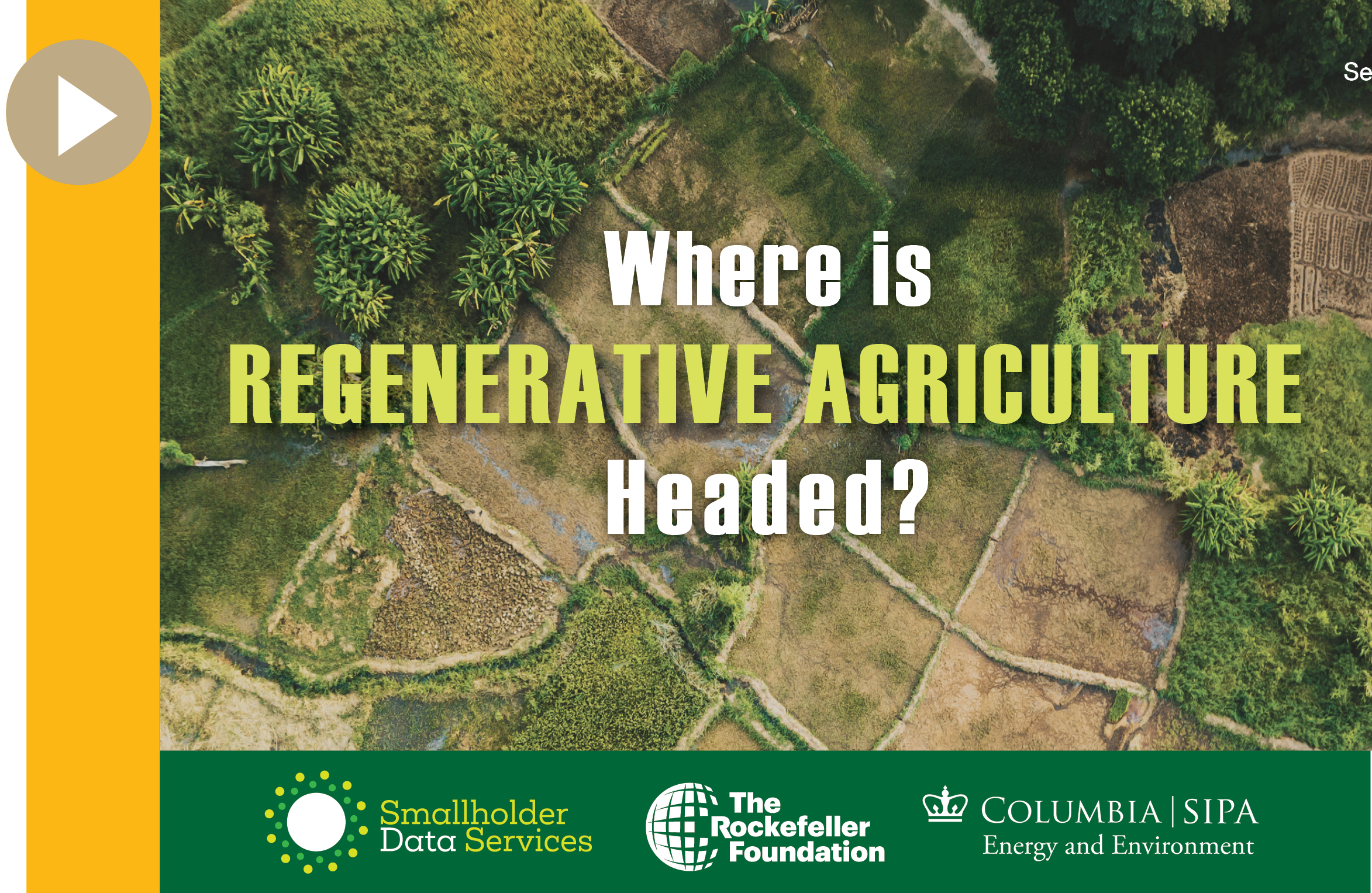
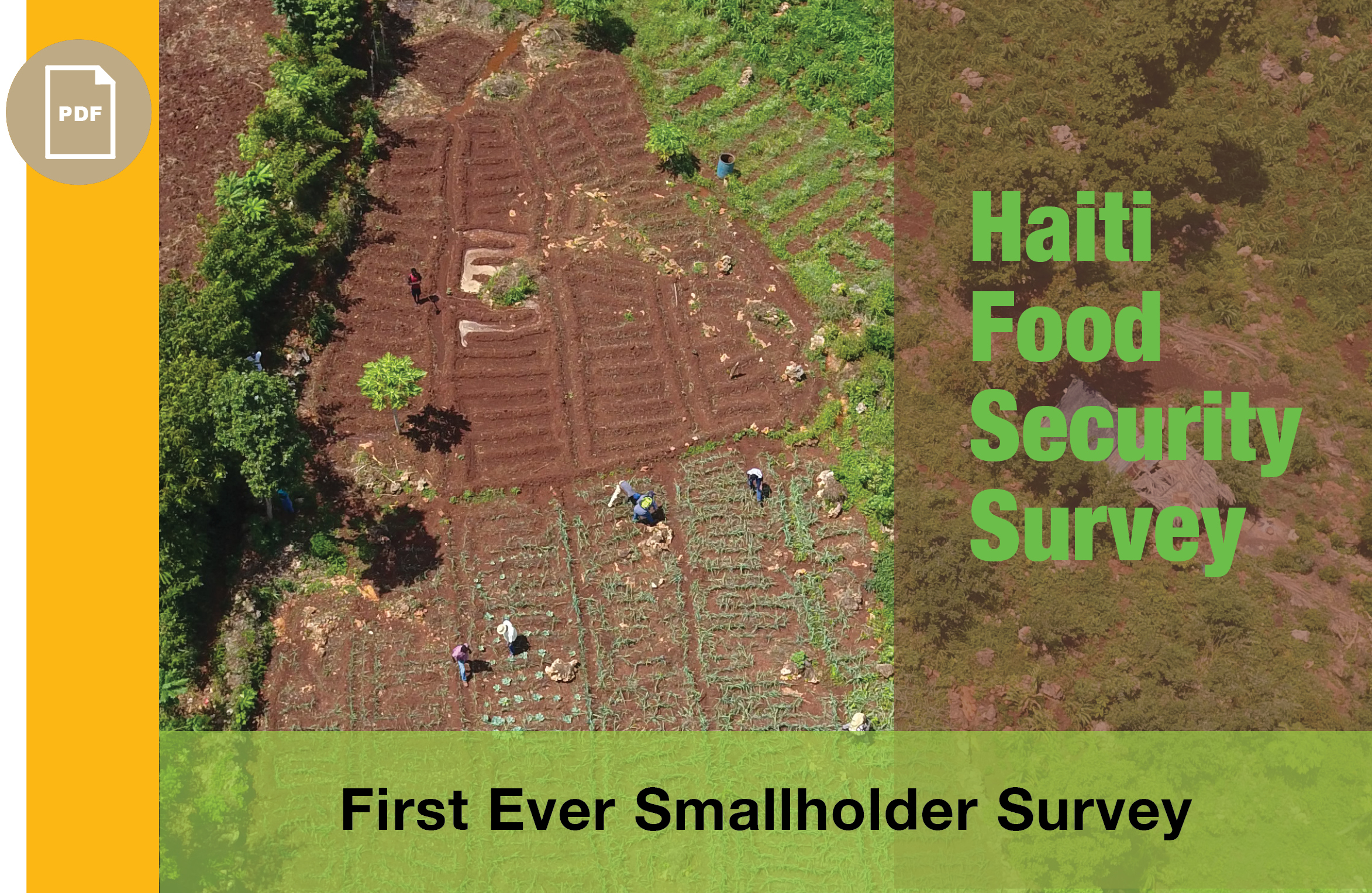
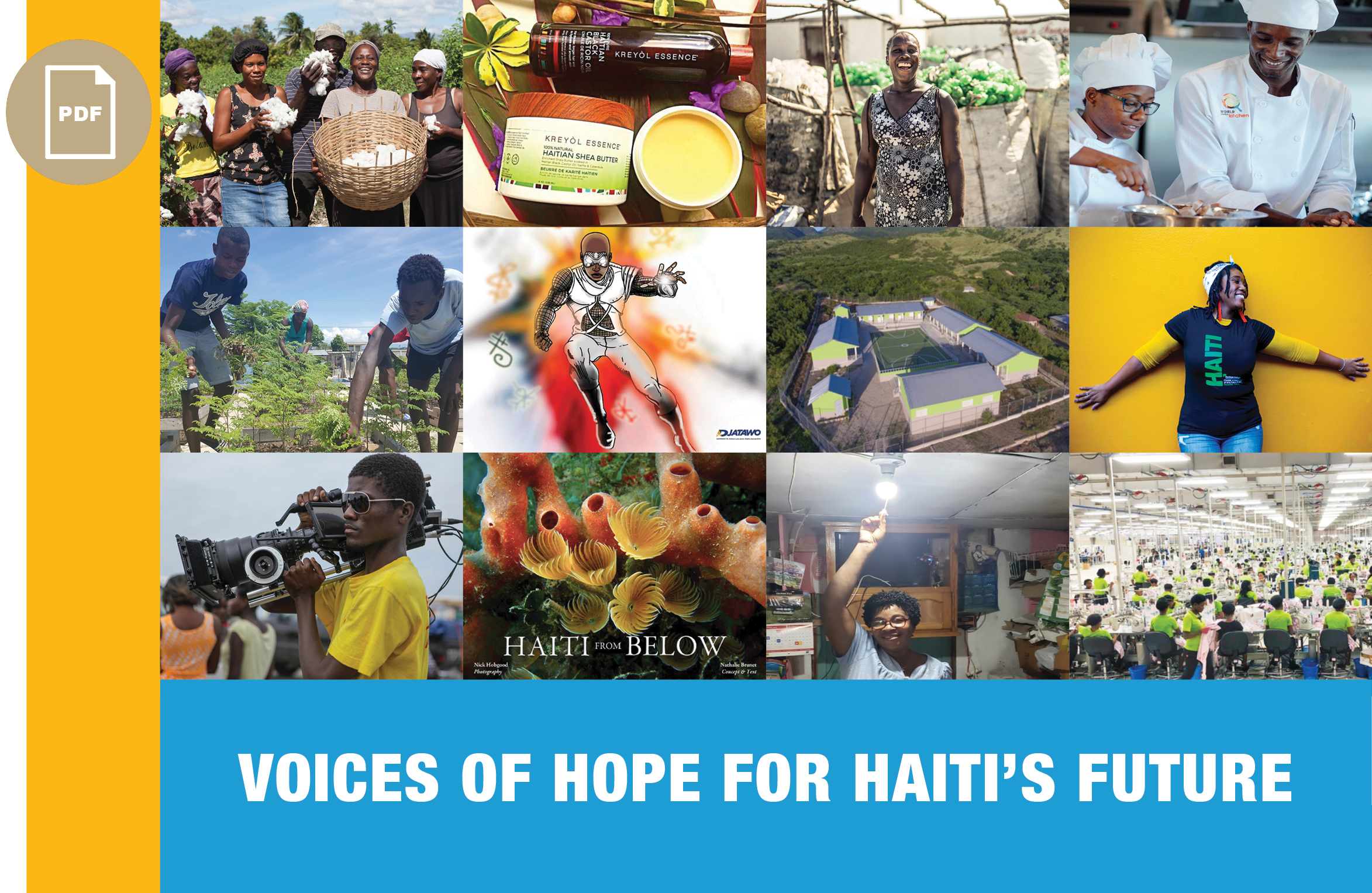
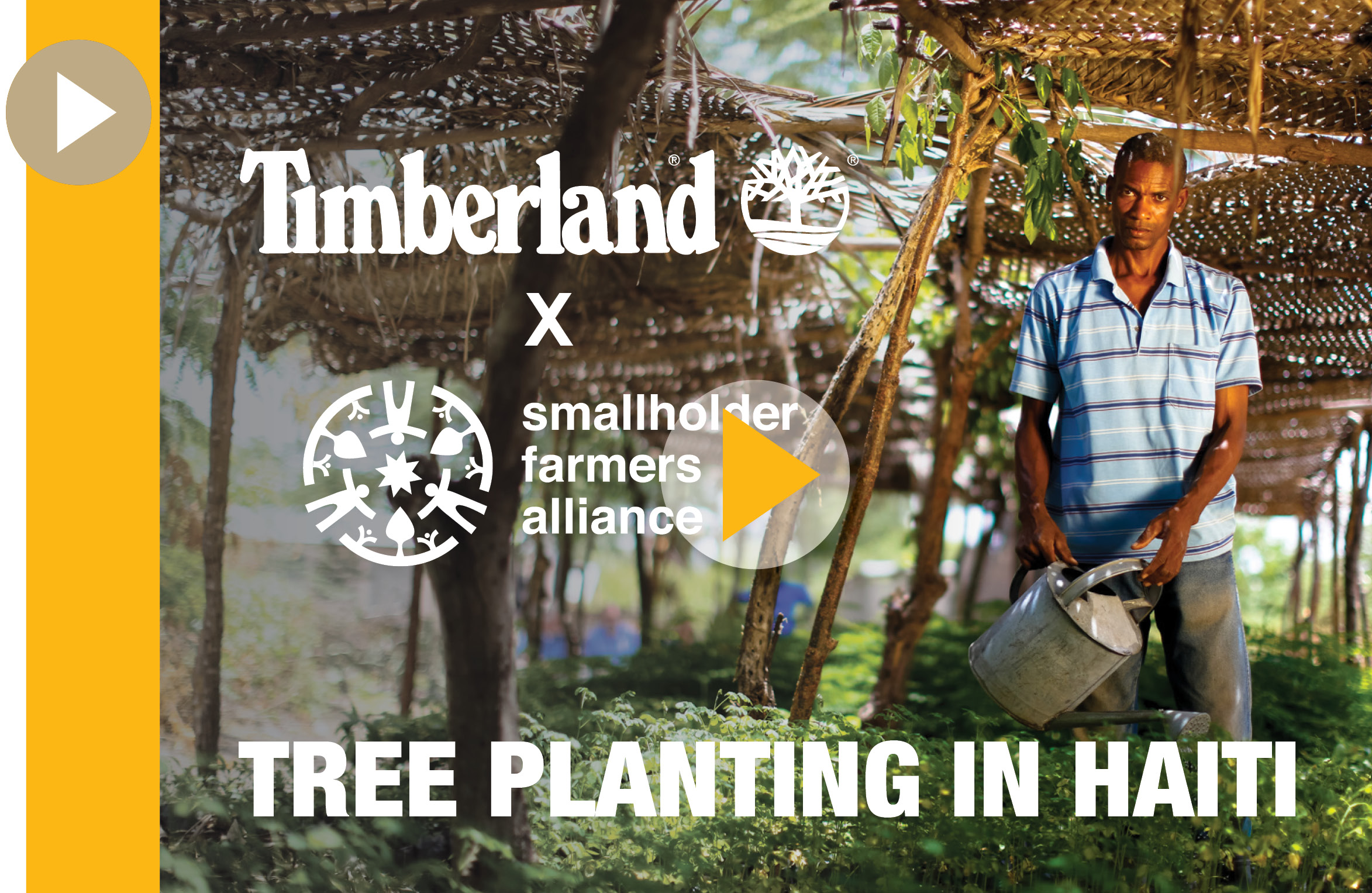
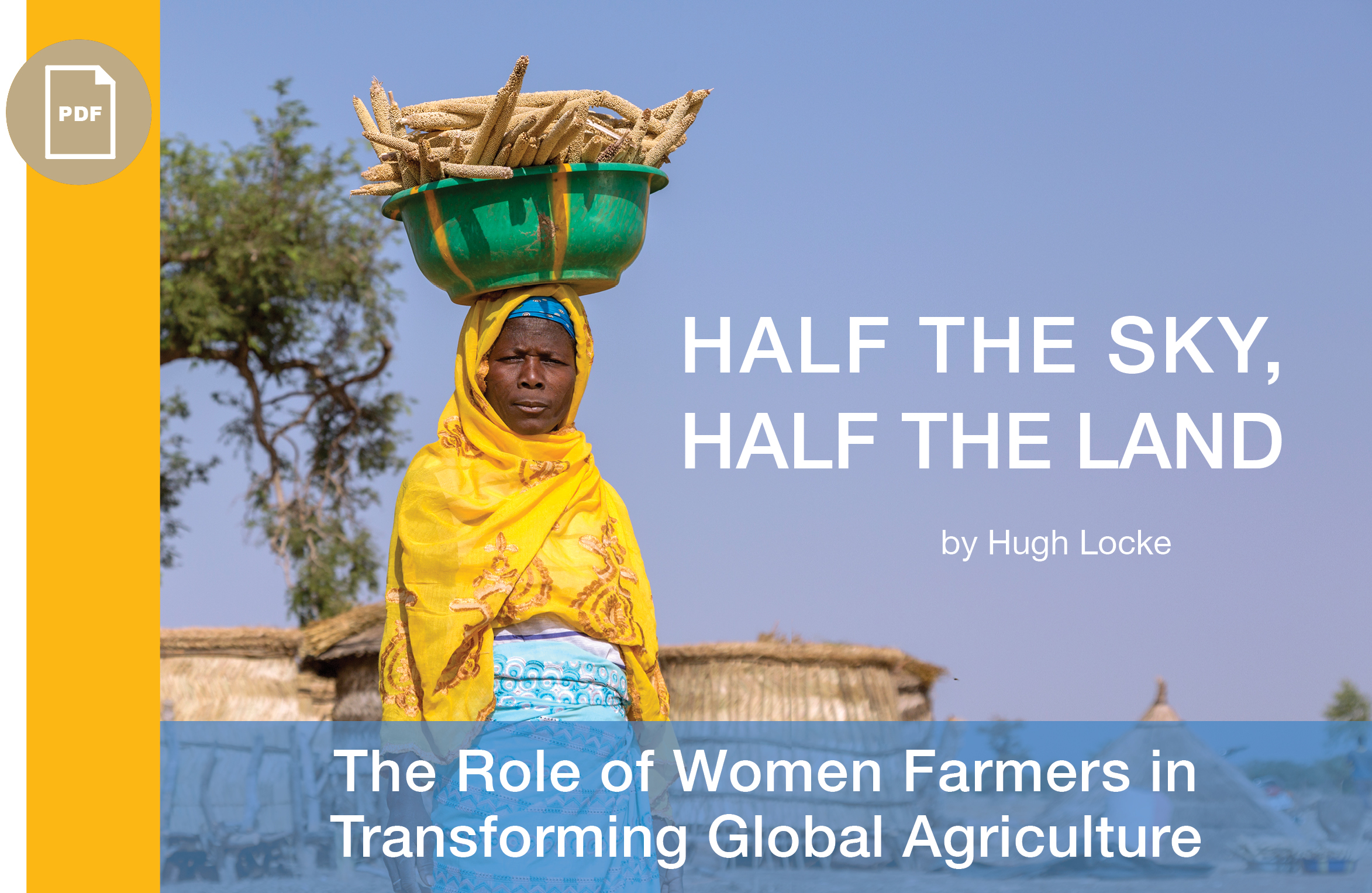
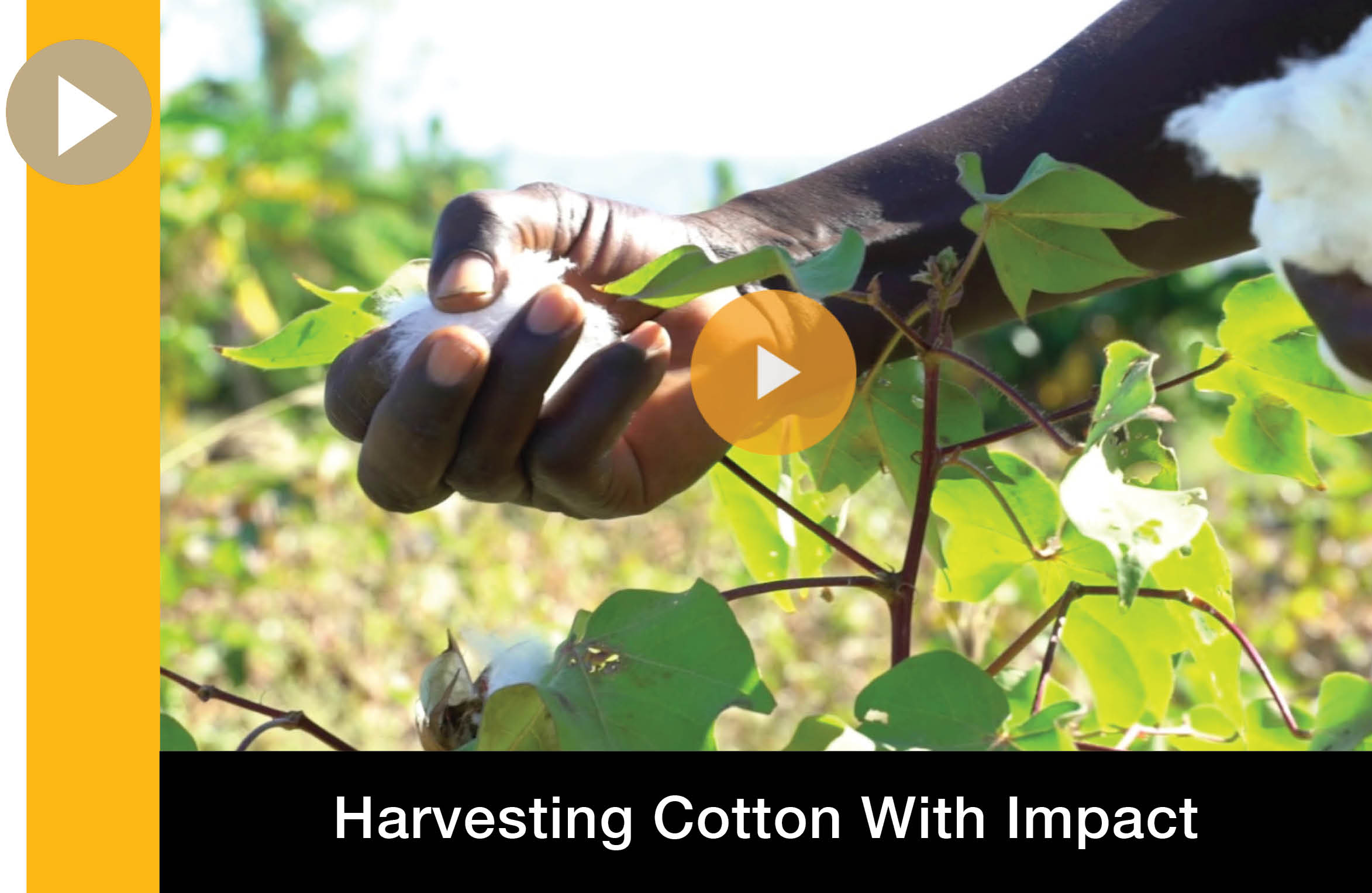
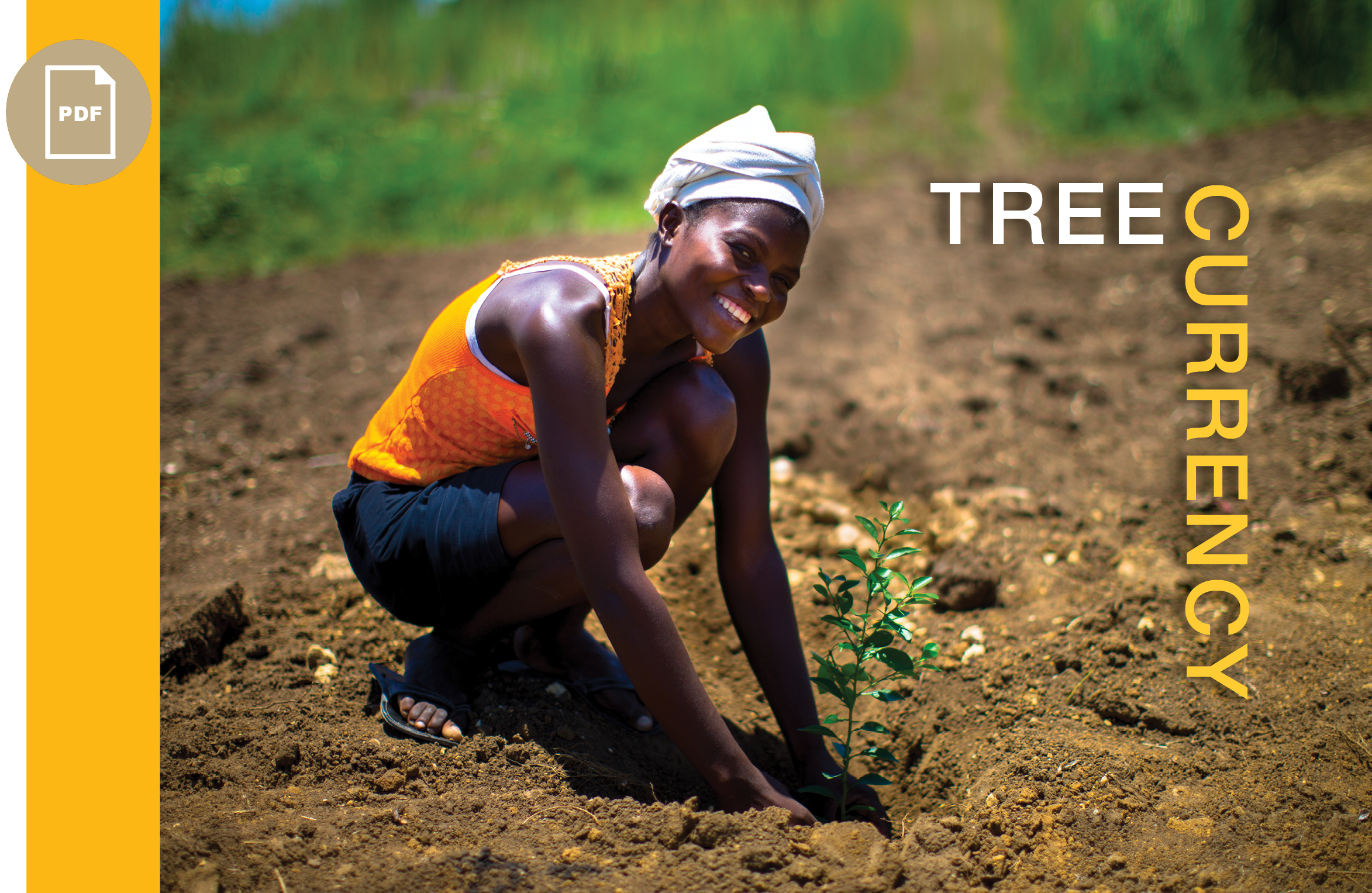


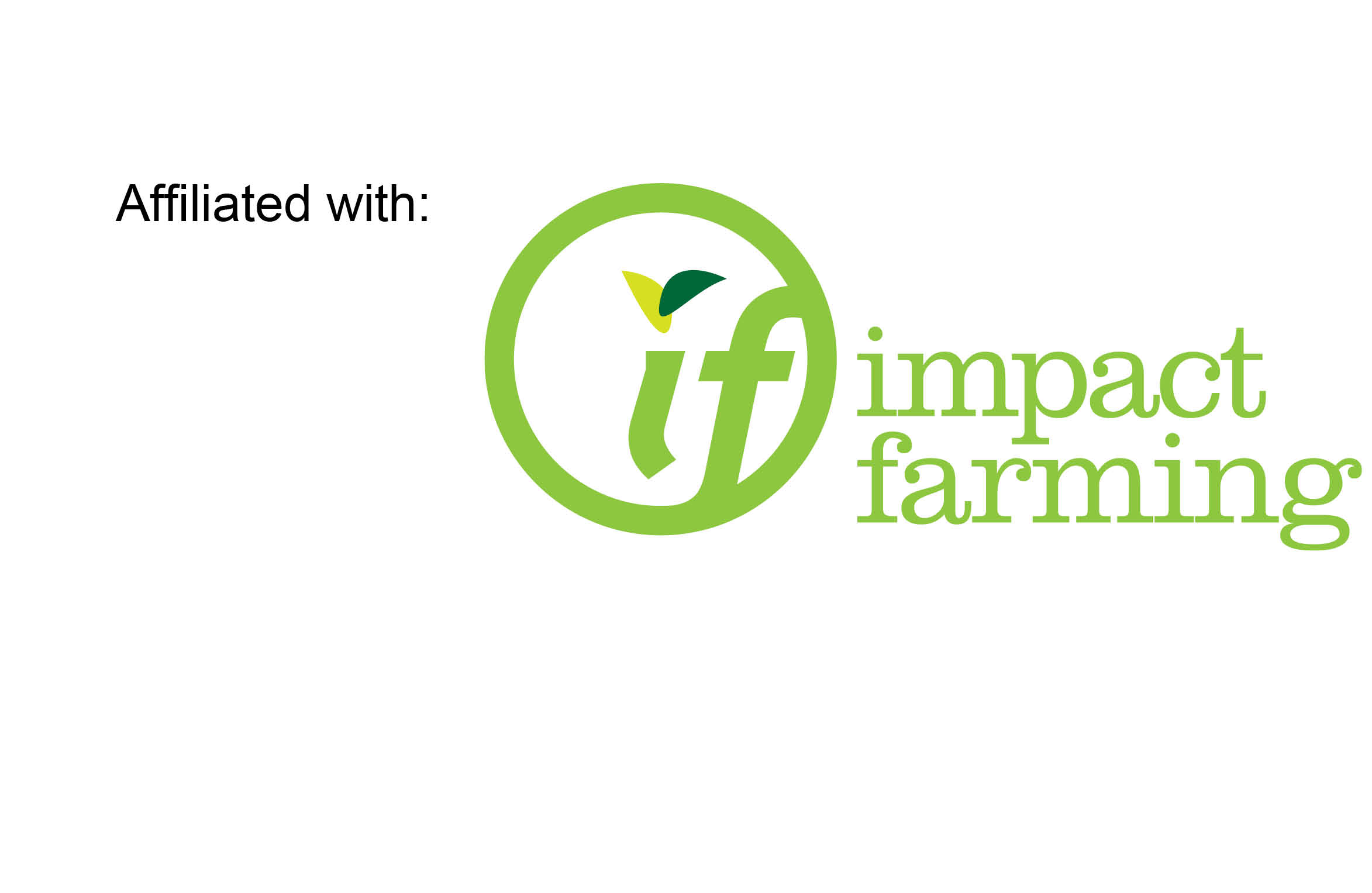
Reader Comments